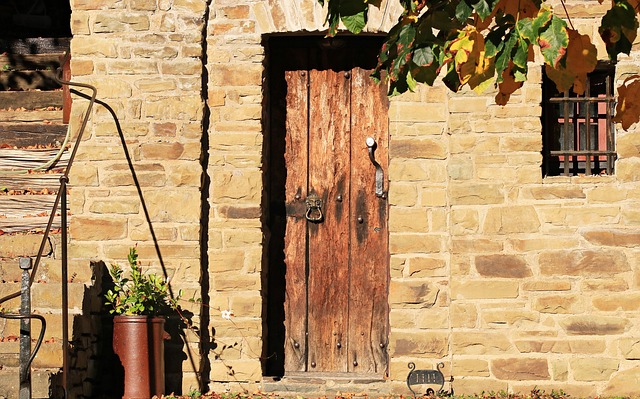In June 2022, I visited Charleston, South Carolina for the first time. My niece and her husband planned a family trip to this historic city. They arranged an extensive black history tour with a local tour company. We departed from the Charleston Visitor Center for our two hour tour. Our energetic and knowledgeable guide took us on a motorized tour onboard his comfortable 25 passenger van. We settled in our seats and knew we wouldn’t have a dull moment.
We passed the Old Slave Mart Museum. Inside, visitors can get a true sense of the realities of American enslavement while physically being present in a space where people of African descent were shuttled to, inspected, bid on, became the personal property of the highest bidder, and whisked away with or without the family members with whom they came with.
It was in Charleston that I learned about the Brown Fellowship Society, an elite social club and mutual aid society founded on November 1, 1790 by five free mulattoes in the city. This society symbolized the existence of class and color consciousness within Charleston’s black community.
The membership was limited to fifty “free brown men of good character” and their descendants, who could afford the $50 membership fee. There were clubhouses for monthly meetings and traditional lore claims that no person whose skin was darker than the color of the meeting house door would be considered for membership. It was explained by our tour guide that many of the society’s members were skilled craftsmen who had developed significant contacts with influential white Charlestonian. They shared upper-class interests and values. The original founders were members of the predominantly white St. Philip’s Episcopal Church.
Later generations of members belonged to St. Mark’s Episcopal Church, a black congregation with a reputation for distancing itself socially from poorer and darker-skinned people in Charleston. Apparently, this association with prominent white people was reflected in the bylaws of the organization. The discussions of controversial religious or political subjects such as slavery were prohibited.
I was surprised to learn that many of the Brown Fellowship Society members were slave owners. They treatment of their chattel property ranged from exploitation to humanitarianism. Apparently many were family members, bought to keep them close for protection. Some were bought and used for profit. Many slave owners left ownership of enslaved people to surviving members of their families.
The free black members of the organization operated under the motto “Charity and Benevolence.” The society provided a school for its members and their families as well as subsidized the Minors’ Moralist Society for the education of poor black children. The society paid insurance and death benefits to widows and orphans of deceased members and oversaw the burial of deceased members in a private cemetery that was maintained by the society. There was also a credit union where members could get loans to finance home improvements, start small businesses, or borrow to pay bills.
The mutual aid society’s goals were to provide needed benefits to their communities. In the South, it was difficult to sustain a black organization since assemblies of non-whites were considered dangerous. Some historians wrote that Charleston stratified individuals by three race descriptions, white, black, and mulatto. Mulattoes were more likely to avoid the most severe oppressive measures carried out by white people. They were more successful and this was the reason class and financial distinctions were main considerations for admission to the Brown Fellowship Society.
After returning home, I researched this society. Some historians wrote this is an example how racism and colorism affected the black community itself. Lighter skinned black people considered themselves superior to darker skinned black people. Although still considered inferior by the white population, their lighter skin was beneficial to them getting their freedom, while darker skinned black people remained enslaved. Their affluent jobs still did not prevent them from racial prejudice.
In the book, The African Americans, Many Rivers to Cross,
the authors wrote that many of the members came to the United States as the
result of the Haitian Revolution and felt little in common with the enslaved
people who surrounded them. Members of the society were still Negroes. They
could not vote, serve on juries, or testify against white people. They were not
free to marry or move without fear. If they left the state, laws prevented them
from returning.
They had no civil rights.
In 1890, the organization changed its name to the Century Fellowship Society and in 1907, included a women’s auxiliary named the Daughters of the Century Fellowship Society. According to our knowledgeable tour guide, this organization continued to exist into the twentieth century. As he told us at the beginning of the tour, there would never be a dull moment.
Francie Mae. June 9, 2023.
References
Barga, Michael. Brown Fellowship Society (1790-1945). Website. Accessed June 8, 2023.
Gates Jr., Henry Louis and Yacovone, Donald. October 2013. The African Americans. Many Rivers To Cross. 1st edition. United States. Smiley Books.
History, Encyclopedias, almanacs transcripts and maps. Brown Fellowship Society. Website. Accessed June 8, 2023.
